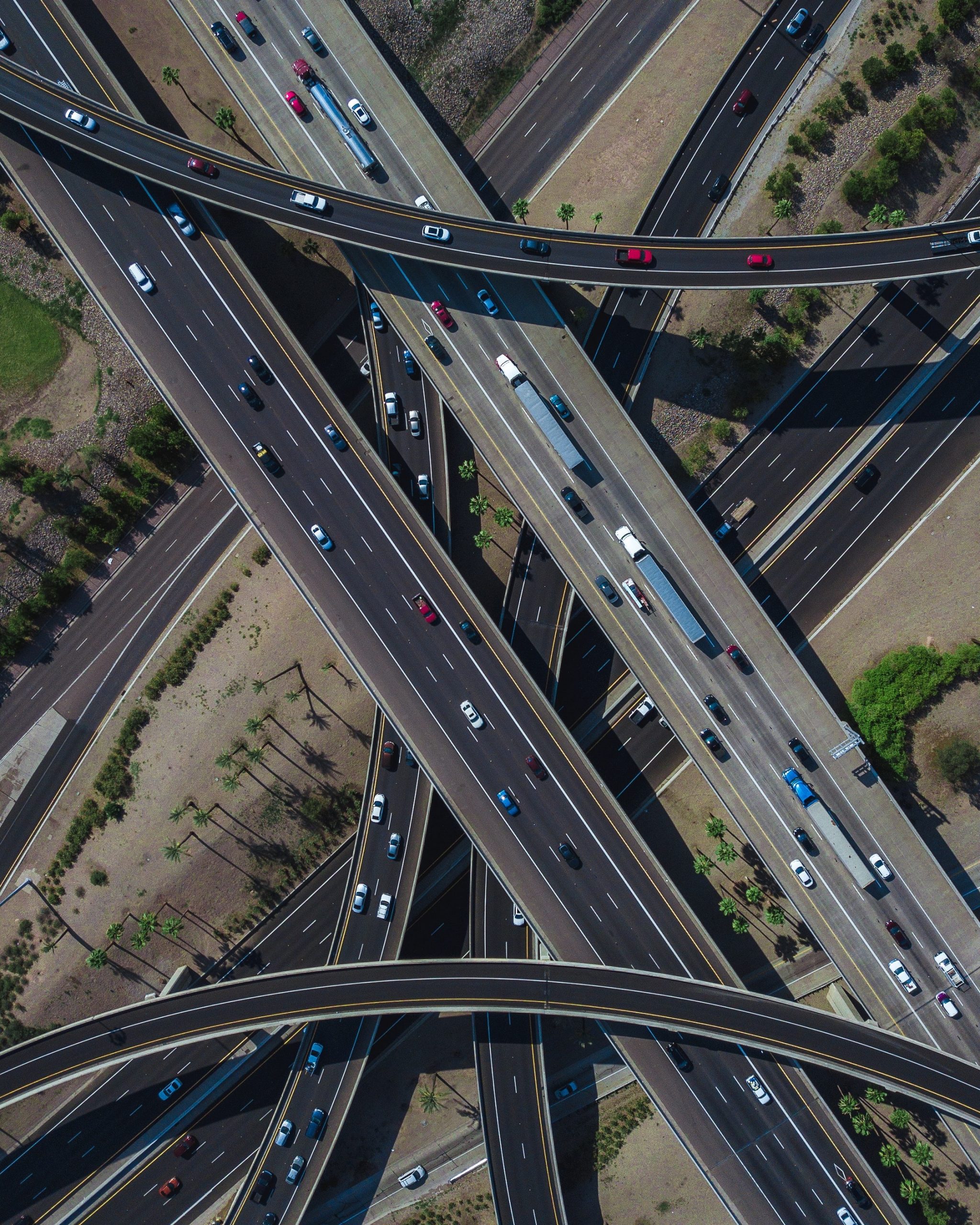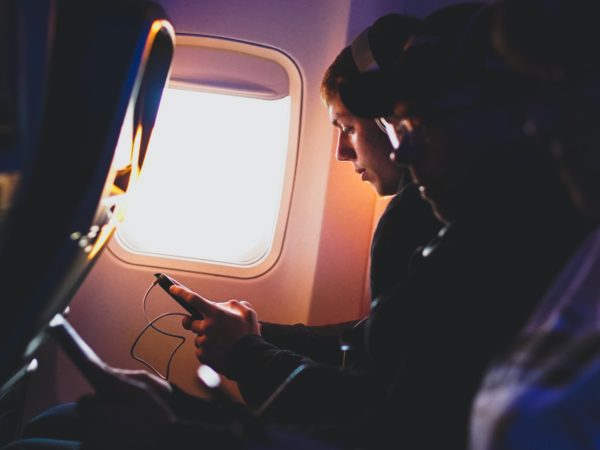 It’s not surprising to hear that the COVID-19 pandemic has kept many people off the roads. However, even with less traffic, driving has become more dangerous, as individuals are increasingly engaging in behaviors that put all of us at risk.
It’s not surprising to hear that the COVID-19 pandemic has kept many people off the roads. However, even with less traffic, driving has become more dangerous, as individuals are increasingly engaging in behaviors that put all of us at risk.
Since the start of the pandemic, U.S. drivers are even more distracted and are speeding more frequently, according to the smartphone telematics platform TrueMotion. In-hand phone use specifically, including scrolling, swiping and typing, has increased by up to 15% relative to before the pandemic. And it’s not just phone use that’s concerning. Recently, an emergency room physician told me that early in the pandemic, he had seen an uptick in critical injuries caused by devastating crashes; with the roads empty, people in his city were drag racing on normally busy public highways.
The consequences are staggering; the increase in risky behaviors has coincided with a spike in the fatality rate for U.S. drivers. According to figures recently released by the National Safety Council (NSC), despite a 13% decrease in miles driven, motor vehicle fatalities for 2020 increased by 8%, reaching the highest level in more than a decade. In addition, nearly 4.8 million people were seriously injured in crashes, costing an estimated $474 billion and taking an immeasurable personal toll on those involved.
Why are people taking chances behind the wheel? A recent survey Travelers conducted shows that the COVID-19 pandemic has had a dramatic effect on perceptions of roadway safety, how people drive, and how dangerous their actions behind the wheel can be. Indeed, more people than ever have admitted to frequently texting, shopping online and taking videos and/or photos while driving. And we know from years of statistical research and anecdotal feedback that it’s not just cellphones that cause a problem — even the simplest acts that take our eyes away from the road, or take our minds off driving, can lead to crashes with devastating consequences.
Additionally, the lack of regular face-to-face interaction may be making people feel like they always need to be connected to their jobs. Nearly four in 10 employees Travelers surveyed said they responded to work-related emails and text messages while driving. A possible reason: 48% of business owners said they expect employees to respond frequently to work-related calls, texts or emails, compared to 43% pre-pandemic.
In the course of my work, I have had the opportunity to speak with hundreds of people affected by distracted driving crashes, from law enforcement officers to survivors and the family members of those who have tragically lost their lives to this growing public health issue. I consistently hear that the lack of a social stigma dissuading people from distracted driving could be contributing to the problem. Changing our norms and the general acceptance of distracted driving as a commonplace activity could go a long way in helping us mitigate these behaviors.
Here are five practical things we all can do to help:
1. Talk about it. More than half of those surveyed in the Travelers Risk Index would cease risky behaviors if asked to do so by a passenger in their car. So speak up when your driver is distracted and offer to help with distracting tasks. If we all do this, we will help create a social cue that driving distracted is not acceptable.
2. Use technology to your advantage. While cellphone usage is one of the leading causes of distracted driving, it can also be part of the solution. Most phones have a “Do Not Disturb” mode that can be automatically engaged to temporarily halt incoming calls, texts or email alerts.
3. Set a good example. Model good behavior for others in your vehicle by demonstrating attentive driving. This is also true for parents with children in the car. Avoid texting, eating, or making or receiving phone calls while behind the wheel.
4. Set the tone at work. Leaders and managers set a safety culture for their teams. According to the NSC, transportation incidents are a frequent cause of workplace injuries. Ask your employees to refrain from calling into work and responding to work emails while driving, and make sure your organization has a widely communicated distracted driving policy.
5. Don’t lose sight of basic road safety. Wearing a seat belt in a vehicle, wearing a helmet on a motorcycle or bicycle, and being aware of your surroundings while you cross the street are simple but potentially lifesaving, things we can all do as drivers and/or pedestrians.
It is critical that we take these steps now. Unsafe driving behaviors and the higher traffic volumes associated with spring and summer will create a dangerous combination that could place an additional — and avoidable — strain on our health care and emergency response systems at a time when doctors, nurses, police officers and EMTs are still trying to safely work through the pandemic.
We should all strive to make our roads safer for everyone. Let’s commit to staying focused behind the wheel, and speaking up about distracted driving, so we don’t add to the difficulties in this already challenging time.
This article was written by Joan Woodward, president of the Travelers Institute and executive vice president of public policy at Travelers. The Travelers Institute — the public policy division of Travelers — engages in discussion and analysis of topics such as combating distracted driving, managing cyber risks and preparing for severe weather events, among others.


